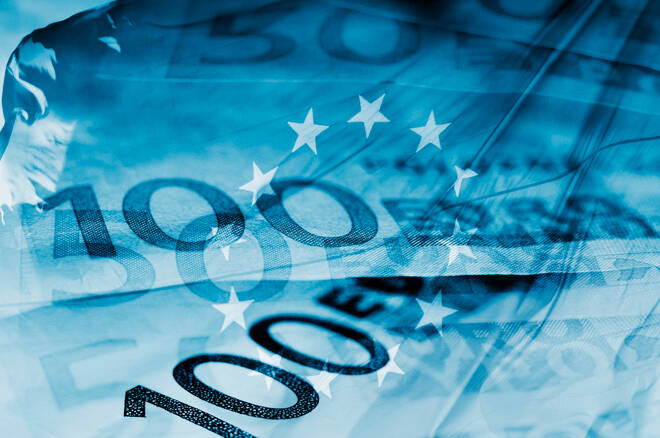Advertisement
Advertisement
German Inflation Figures for December Provides Little EUR Support
By:
Finalized German inflation figures were in line with prelim, providing little direction to the EUR. ECB chatter later in the day could move the dial, however.
It was a quieter day on the Eurozone economic calendar. Finalized December inflation figures for Germany were in focus ahead of the European open.
In December, German consumer prices rose by 0.5%, which was in line with prelim figures. Consumer prices had fallen by 0.2% in the month of November.
According to Destatis,
- In December, the annual rate of inflation picked up from 5.2% to 5.3%, which was in line with forecasts.
- The annual average rate of inflation was 3.1% compared with 2020, which was also in line with forecasts.
Reasons for High Inflation Rate in 2021 on 2020
- A temporary reduction of value added tax rates in the 2nd half of 2020 and a sharp decline in mineral oil product prices in the previous year reportedly had an upward effect.
- More and more crisis-related effects, such as delivery bottlenecks and marked price increases at upstream stages in the economic process.
Prices of Energy Products up on an Annual Average in 2021
- The prices of energy products were up by 10.4% in 2021 year-on-year.
- In 2020, prices of energy products had fallen by 4.8%.
Other Contributory Factors
- Food prices rose 3.2% in 2021 compared with 2020.
- Prices of goods increased by 4.3%, while service prices increased by just 2.1%.
Market Impact
Ahead of today’s stats, the EUR had fallen to a pre-stat and current day low $1.13190 before rising to a pre-stat high $1.13364.
In response to today’s stats, the EUR rose to a post-stat and current day high $1.13429 before falling to a post-stat low $1.13291.
At the time of writing, the EUR was up by 0.05% to $1.13323.
Next Up
Housing sector data from the U.S that should have a muted impact on the EUR. ECB member McCaul is scheduled to speak, however, which could draw some interest.
About the Author
Bob Masonauthor
With over 28 years of experience in the financial industry, Bob has worked with various global rating agencies and multinational banks. Currently he is covering currencies, commodities, alternative asset classes and global equities, focusing mostly on European and Asian markets.
Advertisement
